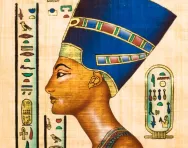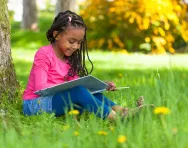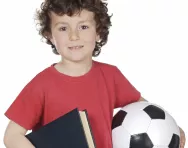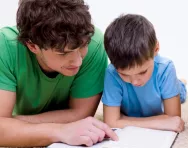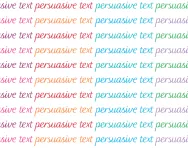Important update from TheSchoolRun
For the past 13 years, TheSchoolRun has been run by a small team of mums working from home, dedicated to providing quality educational resources to primary school parents. Unfortunately, rising supplier costs and falling revenue have made it impossible for us to continue operating, and we’ve had to make the difficult decision to close. The good news: We’ve arranged for another educational provider to take over many of our resources. These will be hosted on a new portal, where the content will be updated and expanded to support your child’s learning.
What this means for subscribers:
- Your subscription is still active, and for now, you can keep using the website as normal — just log in with your usual details to access all our articles and resources*.
- In a few months, all resources will move to the new portal. You’ll continue to have access there until your subscription ends. We’ll send you full details nearer the time.
- As a thank you for your support, we’ll also be sending you 16 primary school eBooks (worth £108.84) to download and keep.
A few changes to be aware of:
- The Learning Journey weekly email has ended, but your child’s plan will still be updated on your dashboard each Monday. Just log in to see the recommended worksheets.
- The 11+ weekly emails have now ended. We sent you all the remaining emails in the series at the end of March — please check your inbox (and spam folder) if you haven’t seen them. You can also follow the full programme here: 11+ Learning Journey.
If you have any questions, please contact us at [email protected]. Thank you for being part of our journey it’s been a privilege to support your family’s learning.
*If you need to reset your password, it will still work as usual. Please check your spam folder if the reset email doesn’t appear in your inbox.
What is mystery text?

What is a mystery text?
A mystery story is one in which an unexplained event has occurred. The usual format for a mystery story is one where a crime is committed and then a detective has to work out who committed the crime and how (and possibly why!).


Download a FREE Creative Writing toolkit!
- KS1 & KS2 workbooks
- Bursting with fill-in prompt sheets and inspiring ideas
- Story structure tips, style guides and editing suggestions
Mystery stories are a great way to get children interested in fiction: in a good mystery story, suspense is built up throughout the text, making the reader want to keep on reading. Mystery stories are also a good platform for discussing characters’ behaviour and motives with children.
Mystery text in primary school
In Year 3, there is a suggested literacy unit called ‘Adventure and Mystery’. In this unit, children will start by reading a mystery story and discussing the characters and setting.
There may be a moral dilemma in the story which children need to discuss. All of this helps children to enhance their inference skills and their ability to empathise with characters.
They will then look at the sentence structure of the story, including sentence types and lengths. They may look at how sentence structure is used for effect; for example, the author might use a series of short sentences in a particularly scary part of the story.
Children will carry out activities related to the story: they may be asked to write a letter from one character to another or they may do some drama related to the story.
Eventually, children will start to think about writing their own mystery story. They will look again at the structure of a mystery story. For example: the original story may start with a murder and three suspects. The next part of the story might involve a detective interviewing the suspects and then finding a clue that leads him to discover who the murderer is. The teacher will encourage their class to use a similar structure to plan their own story. Usually they will be given a writing frame with prompts to remind them how to structure their story.
Children will then start to draft their story, remembering to include good description and dialogue. The teacher will spend time showing them how to do this effectively. They will work on editing their initial drafts and re-writing them. Finally, they will write their stories up in neat. Teachers usually try to find attractive ways of presenting finished stories, such as making booklets for the children to write in, or carrying out an art lesson where children can paint pictures to go with their stories. These activities help children to value what they are doing and encourage them to work hard to produce a really engaging finished product.











